THESIS INQUIRY
How does our relationship with space change when we measure it not in terms of metres or feet, but in footsteps?
How does our relationship with time change when we measure it not in terms of hours, minutes, and seconds, but in heartbeats?
Society’s adoption of a common standard of units, and reliance on instruments to measure said units with, is what keeps us synchronized. For example, to judge the length of a metre, we stop by the local hardware store to buy a tape measure. Clocks and time zones enable us to meet “tomorrow afternoon at half-past four” with a reasonable expectation of showing up at the same time. However, we have no innate sense of this Cartesian dimensioning because it is a rational construct.
Within this rigid structure, what would it mean to assert the perspective of the individual, to eke out a little room to wander between the lines, to “measure” through the “performance” of our own body?
What if your watch looked towards you to tell time?
“Whatever space and time mean, place and occasion mean more, for space in the image of man is place, and time in the image of man is occasion. Split apart by the schizophrenic mechanism of deterministic thinking, space and time remain frozen abstractions. Place and occasion constitute each other’s realization in human terms.”
—Aldo van Eyck (1961)
PROJECT SUMMARY
A Corporeal Instrumentality Project encompasses a series of speculative design artifacts and interventions which explore alternative methods for reckoning space, time, and other dimensions through the body. They take the form of existing instruments (tools that quantify a dimension according to a system of measurement) which are “hacked” to substitute cardinality for corporeality—for example, a wristwatch where the second hand advances not with the steady vibration of a quartz crystal, but at the variable rhythm of a heartbeat.
These are not manufactured products according to a traditional paradigm, but decentralized prototypes under the umbrella of DIY. Step-by-step tutorials for this watch (as well as similar projects) are shared on an online repository, welcoming readers to give them a try and even contribute their own creations. Along the Situationist critique, the meta-project celebrates the creativity and curiosity of Makers as a driving force for interventionism at an individual scale, while leveraging the collective, grassroots impulse of Maker Culture to challenge endemic structuralisms in how Modern society has quantified the world around us.
1. AN INTRODUCTION TO CORPOREAL INSTRUMENTALITY
1.1. INSTRUMENTS OF MEASURE
An instrument “speaks” the measurement of things. It is a tool that empowers us to quantify a real-world dimension with reference to a consistent dimensional structure.
In a broader sense of the term, instruments enable us to know something else, but are never themselves the object of inquiry.
We encounter instruments in diverse forms both in our everyday lives and in more esoteric applications. Ones that quantify the same dimension often differ in how they are engineered and in what scenarios we utilize them, not to mention their design aesthetics.
1.2. INSTRUMENT SEMIOTICS
I propose that we can break down the way in which instruments create and convey “meaning” into four interdependent components. To successfully interpret and contextualize an instrument’s readings (the “sign”), we must familiarize ourselves with these components. Oftentimes, our familiarity is intuitive to the point we are no longer consciously aware of it.
Critically, this breakdown also constitutes this project’s framework for envisioning new speculative instruments. We can use it to propose non-dominant approaches to dimensional-reckoning that challenge us to rethink our entrenched conceptions of space and time.
1.3. CARDINALITY AND CORPOREALITY
The majority of existing instruments today measure with reference to a static, universal system. I refer to this as “cardinality”—from the idea of cardinal directions on a map, which remain fixed and true regardless of the navigator’s orientation and location.
In this project, I am exploring an alternative frame of reference in the form of the human body. This “corporeality” revolves around the individual, as they reckon the world by the manner in which it “surrounds” them, rather than according to any fixed determinate structure.
1.4. USER INTERVENTIONISMS
An intervention is an act of alteration on something, with the intent of steering it towards an alternative trajectory. Two important antecedents for this ethos are Maker Culture and Situationism. The target audience for A Corporeal Instrumentality Project exists at the intersection of these two interests.
1.5. PROJECT FORMULATION
In summary: A Corporeal Instrumentality Project encourages interventionists to “hack” existing measurement instruments as a means of exploring transitions from cardinalities to corporealities.
The featured prototype in this thesis is a hacked wristwatch, as described in the next section.
2. PROTOTYPE: HEARTBEAT-WRISTWATCH
What if your watch looked towards you to tell time?
In this corporeal instrumentality project, I hacked a Casio MQ-24 watch to advance at the pace of the wearer’s heartbeat. Every time the pulse sensor detects a beat, the Arduino microcontroller advances the second hand by one. Thus, a “minute” on the watch represents sixty heartbeats, and an “hour,” 3600.
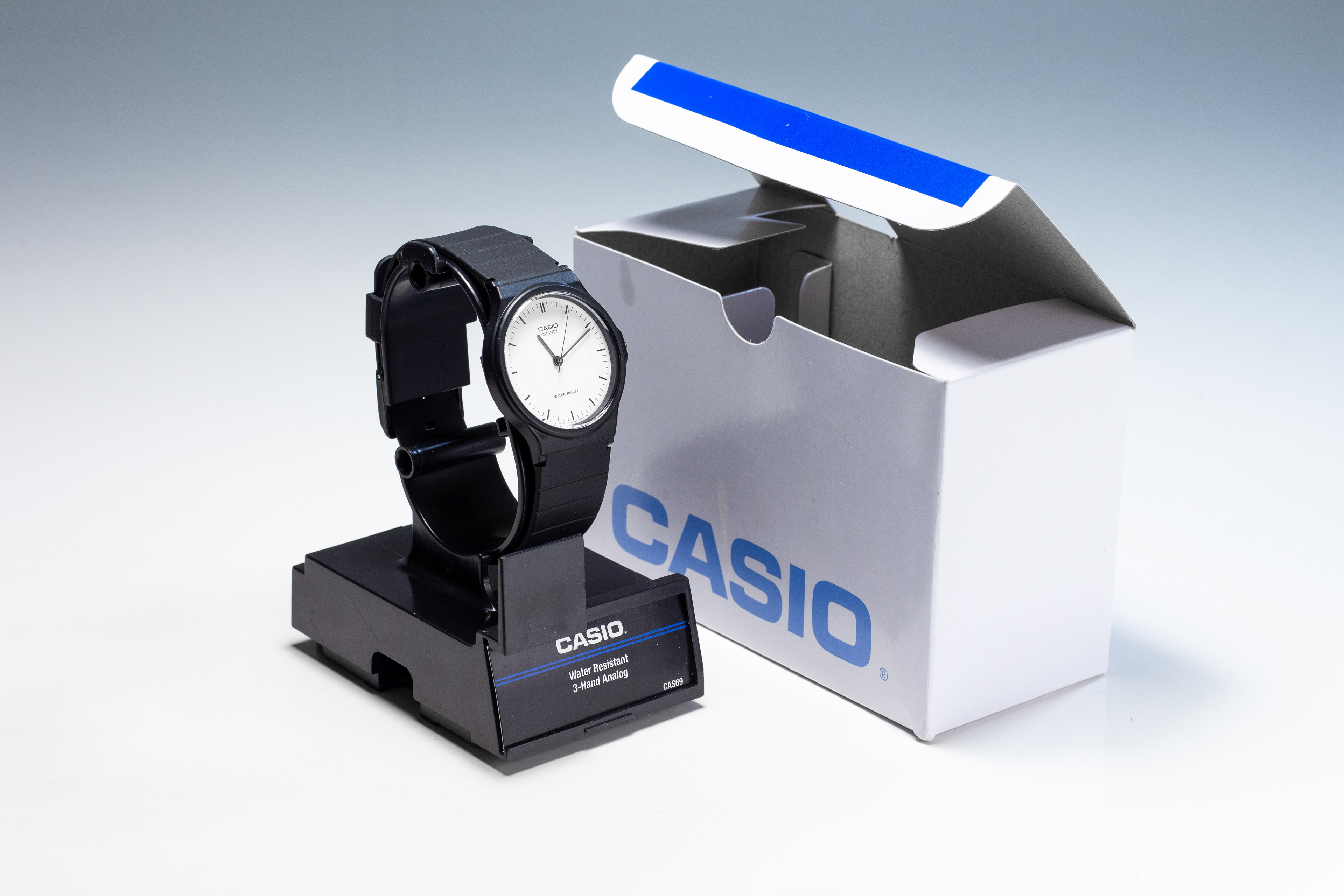
By substituting the steady vibration of the quartz crystal with the variable rhythm of the heart, you sever yourself from the system of measured time which keeps Modern society in sync with itself. Rather than dwell within a time zone, you fall out of time.
Marching to the beat of your own drum, the only “time” which exists is individual and relative. You no longer know what time it is; you can only know how much “time” (how many heartbeats) has/have elapsed for you since you started counting. Keeping time becomes a performance of sorts, because you can’t know beforehand how long a “sixty-heartbeat wait” will last without having lived through all sixty of those beats.
And as the watch sheds its cardinal referent, the numbers on the dial lose their inherent meaning—“12” no longer signifies “twelve o’clock.” After all, what does “noon” mean to the body?
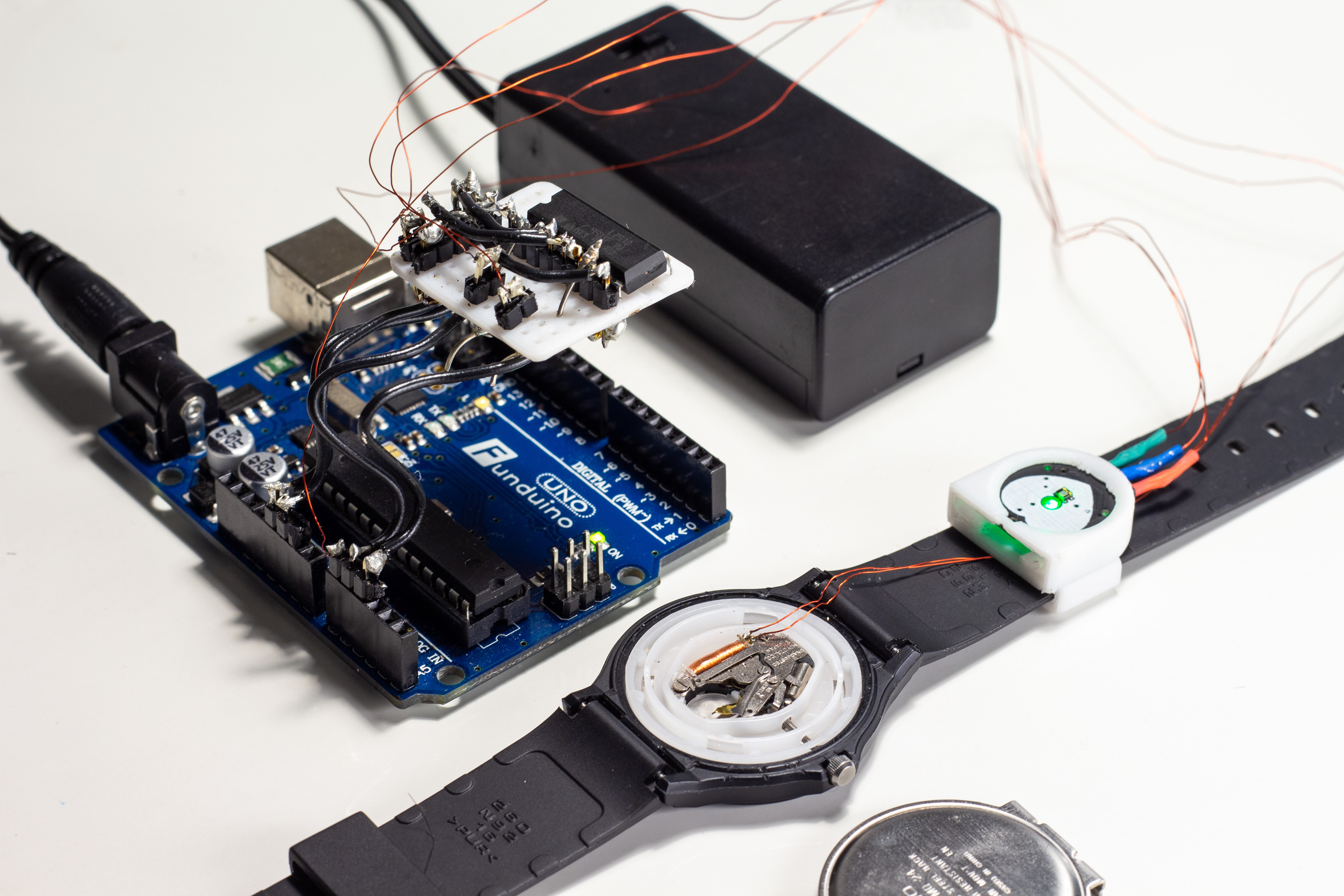
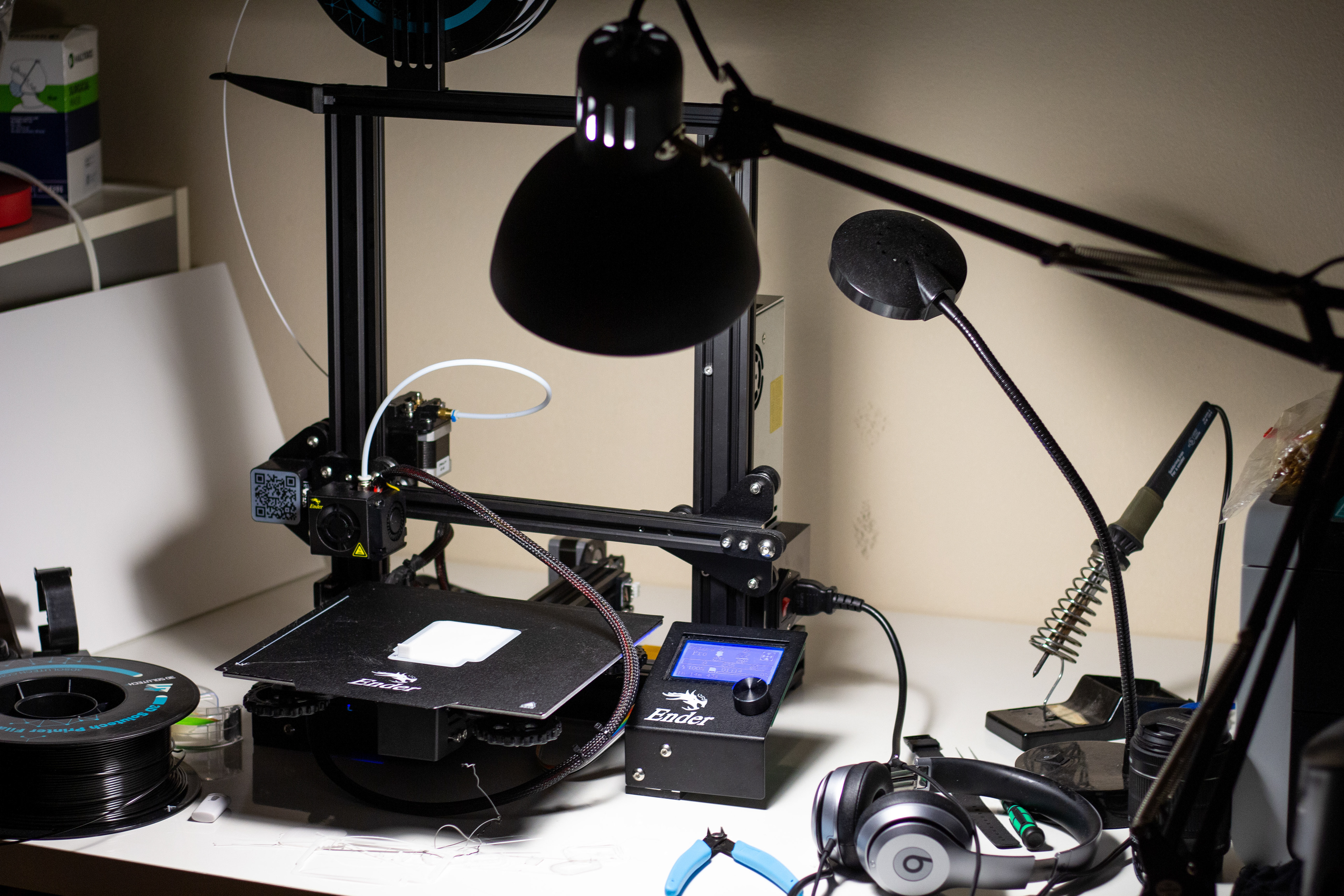
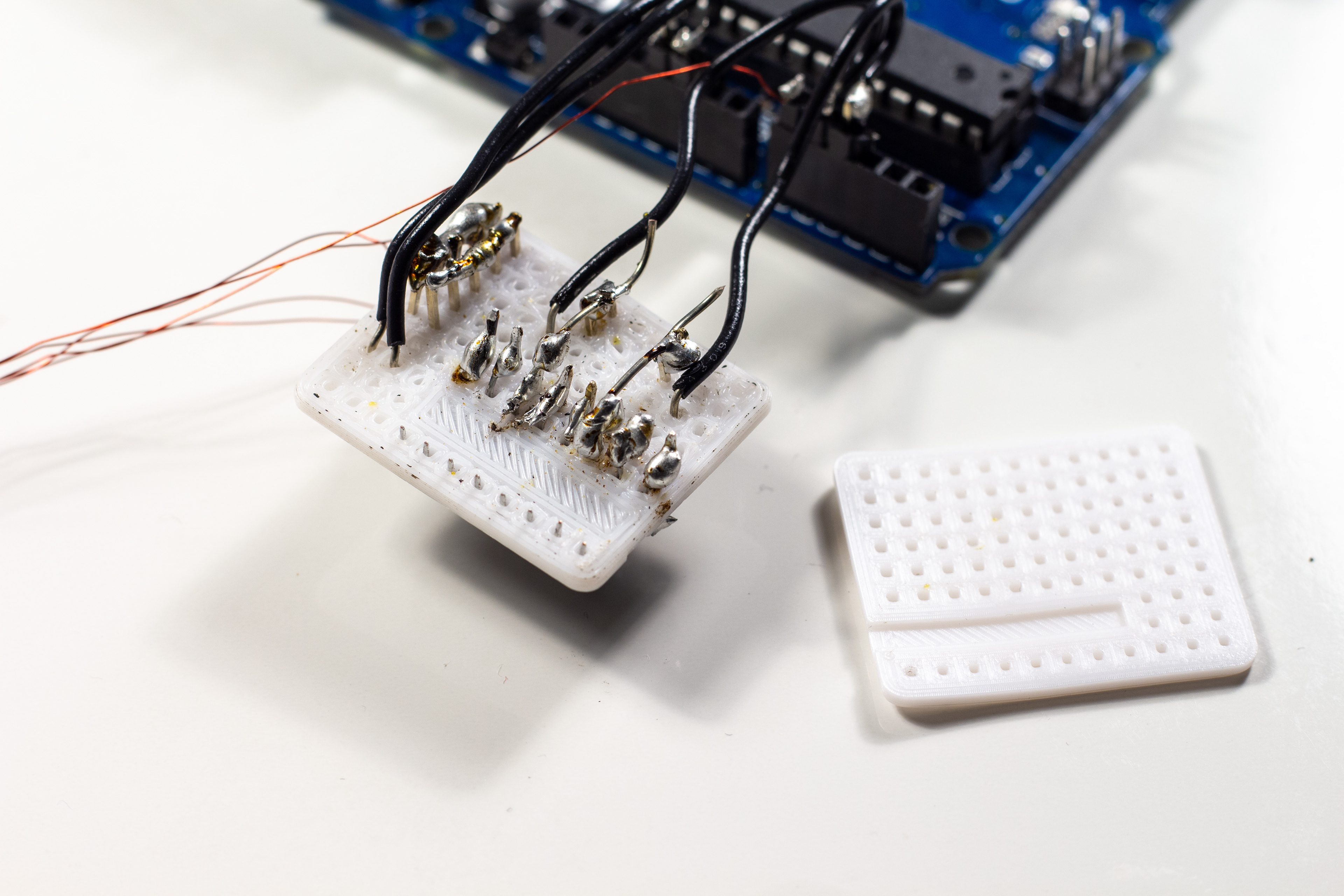




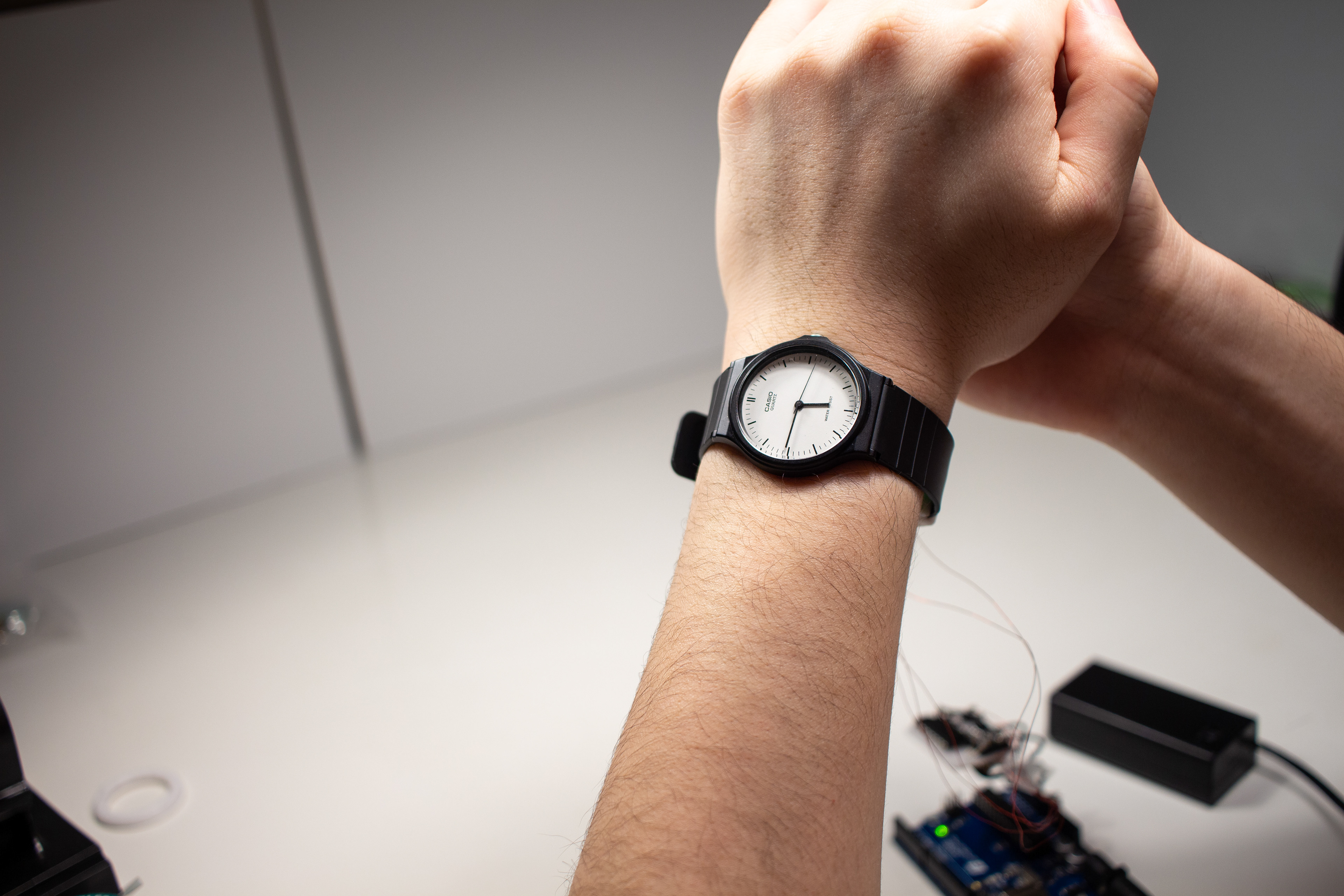
3. A CORPOREAL INSTRUMENTALITY WEBSITE
3.1. INTRODUCTION
The aforementioned Heartbeat-Wristwatch is one of many “corporeal instrumentality projects” falling under the conceptual framework laid out in the first section. All of these like-minded explorations are documented on an online platform in a variety of media, including maker tutorials, photographs, short films, workshop plans, and more.
This website-hub is intended for perusal by a general audience (with emphasis on Makers) in the hopes that it may interest them in the manifesto of corporeal instrumentality, inspire them to attempt some of the projects at home, and perhaps even submit ones of their own.
3.2: META-PROJECT
Laid out all at once, the Corporeal Instrumentality Project (capitalized) has a five-tiered pyramidal structure connecting the theoretical manifesto with the tangible hacked instruments. User journeys navigate up and down this structure as they engage with the Project on its various levels. Moreover, this framework visualizes opportunities for expanding further on the project in the future.
3.3. DESIGNER-MAKER-USER LENS
This thesis challenges traditional “designer-maker-user” roles and relationships through its emphasis on self-directed “Maker” interventionism. While every corporeal instrumentality project originates with a creator who shares it, every “hack” is performed locally by the maker who adapts the original design to the tools, skills, and instruments they have on hand, and then uses the hacked object themselves.
This is one example of how this thesis subverts traditional conceptions of industrial design, demonstrating the speculative/critical lenses at the heart of this year-long exploration.
3.4. DESIGNTO 2020
An earlier iteration of this thesis was showcased at the “Off Course” exhibition at DesignTO in January 2020.

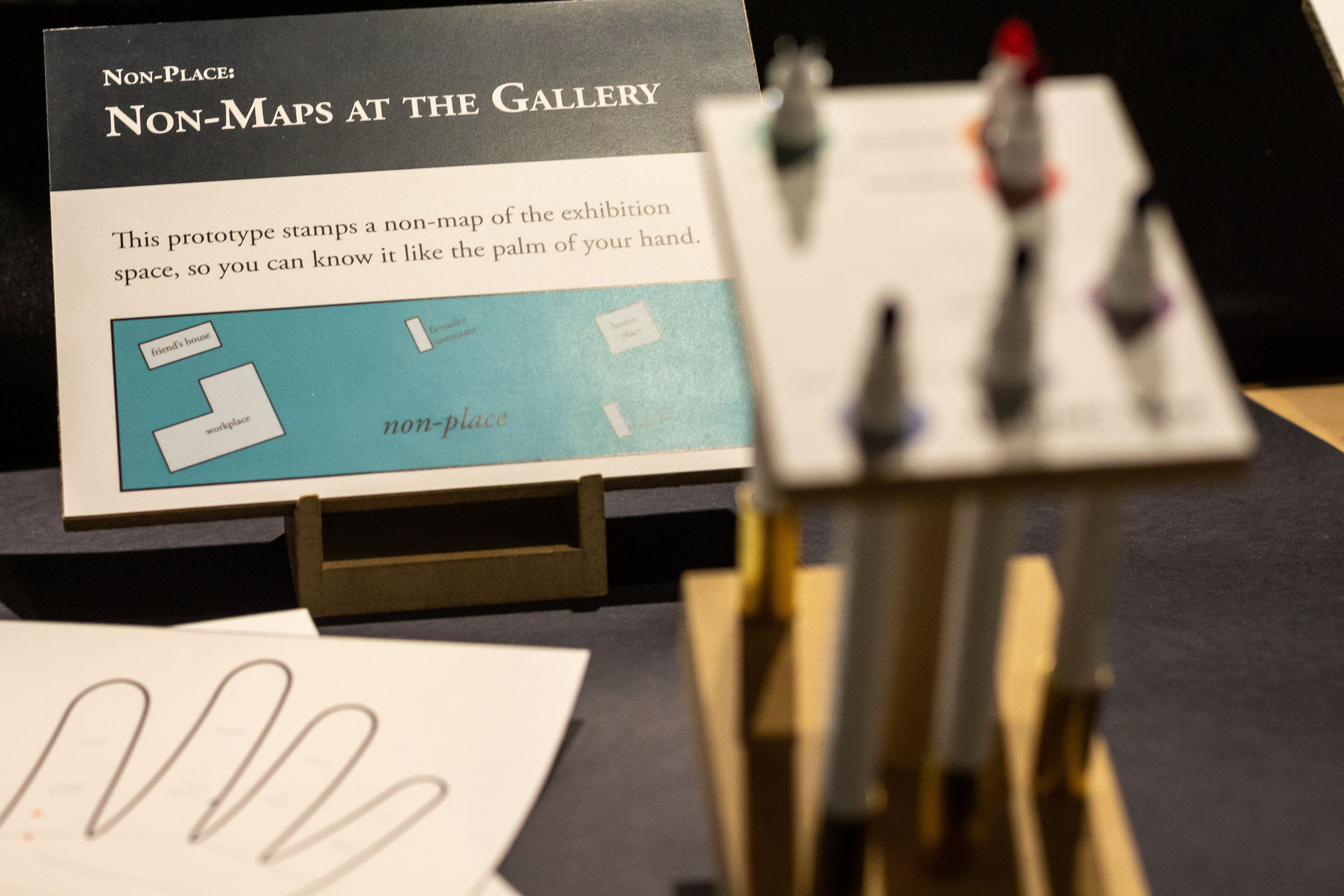

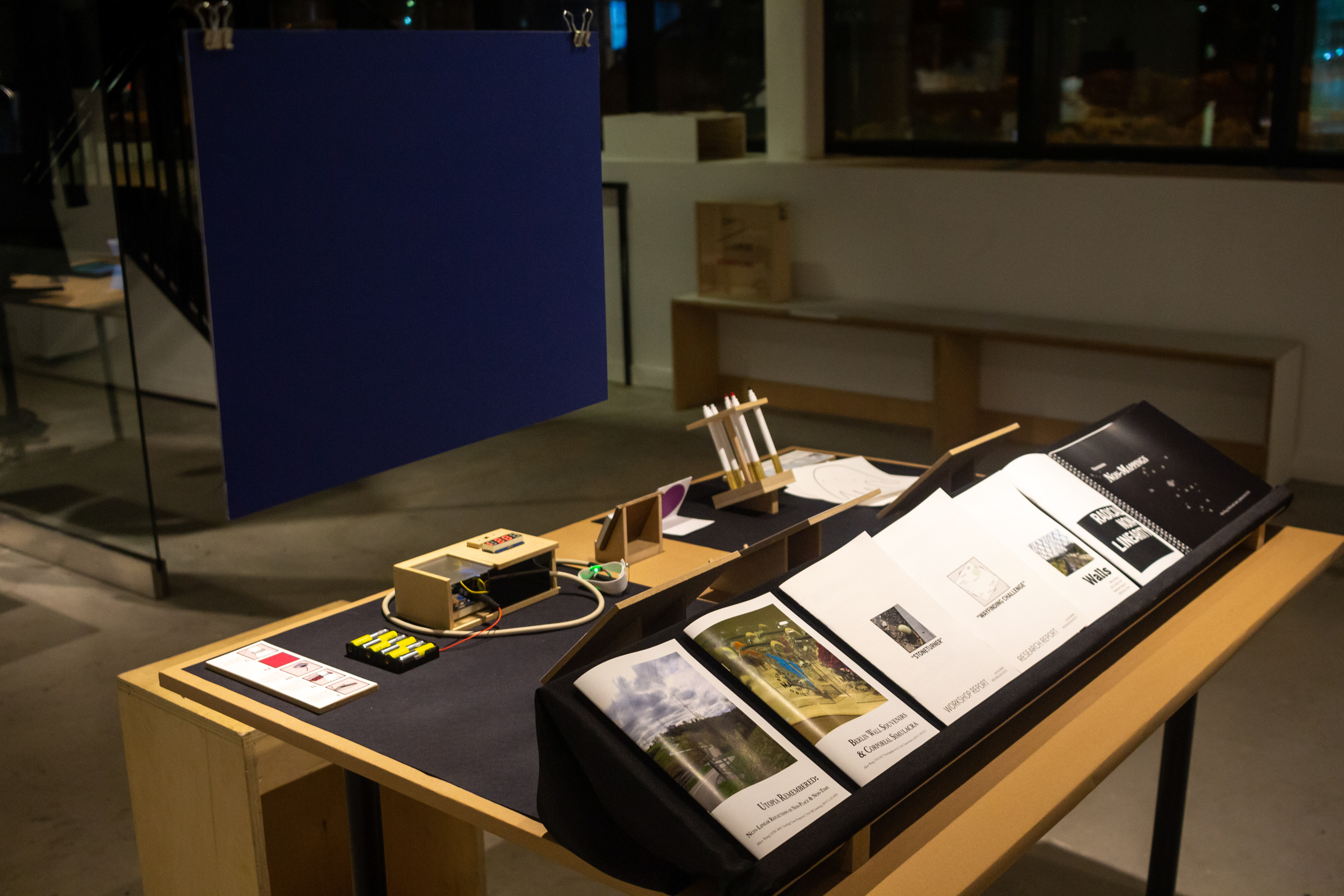
3.5. LITERATURE
A variety of research methods informed this thesis, including a facilitated workshop, ethnography, and academic essay-writing.

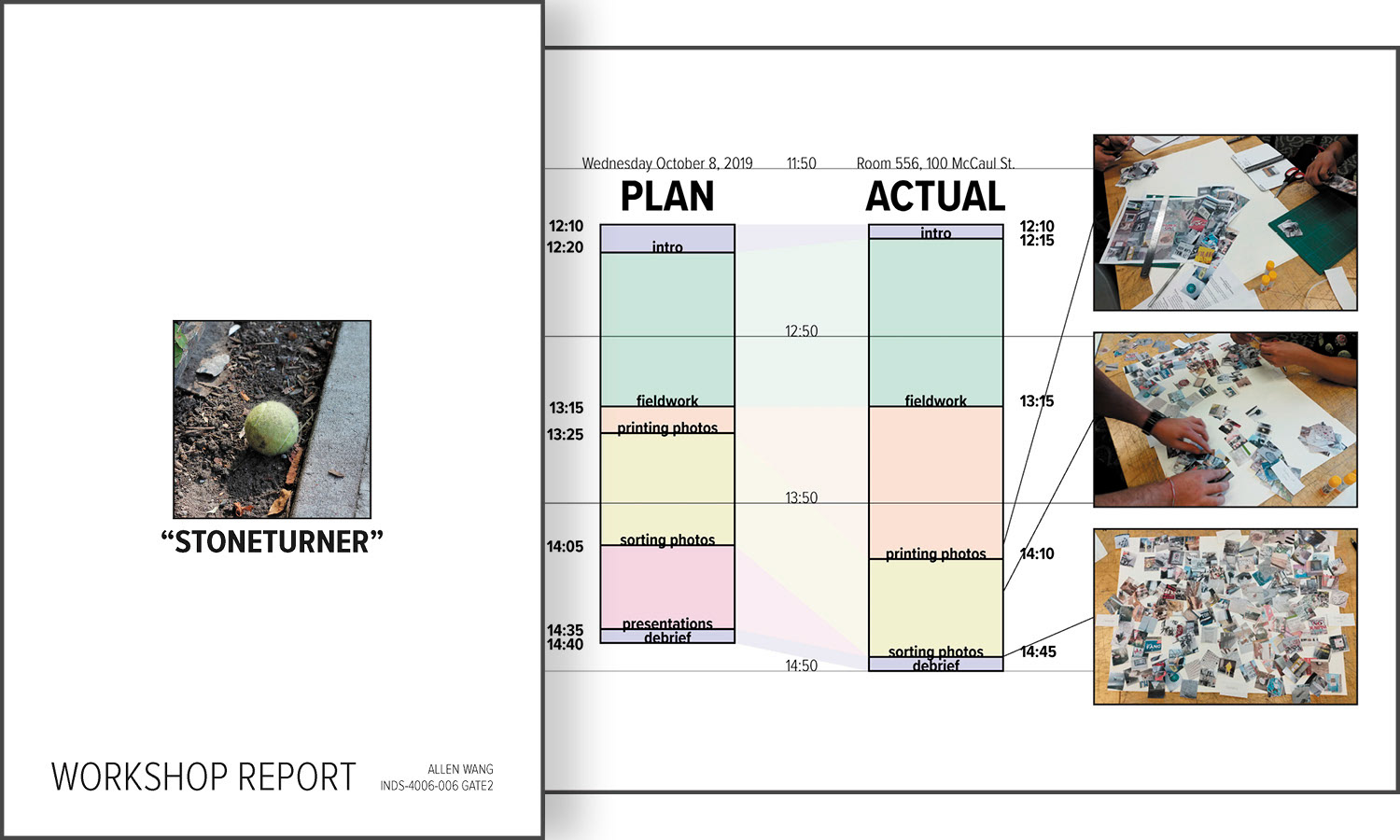




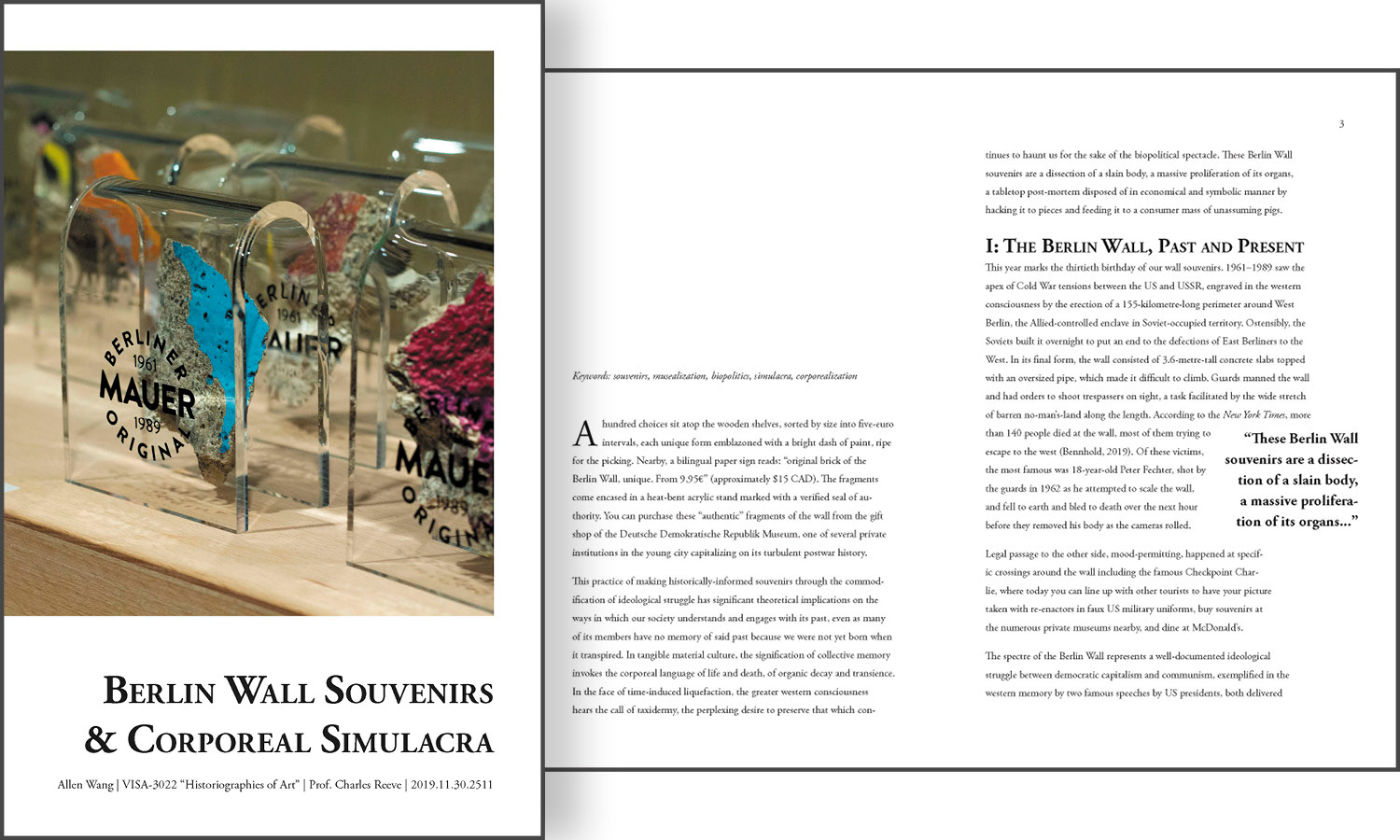
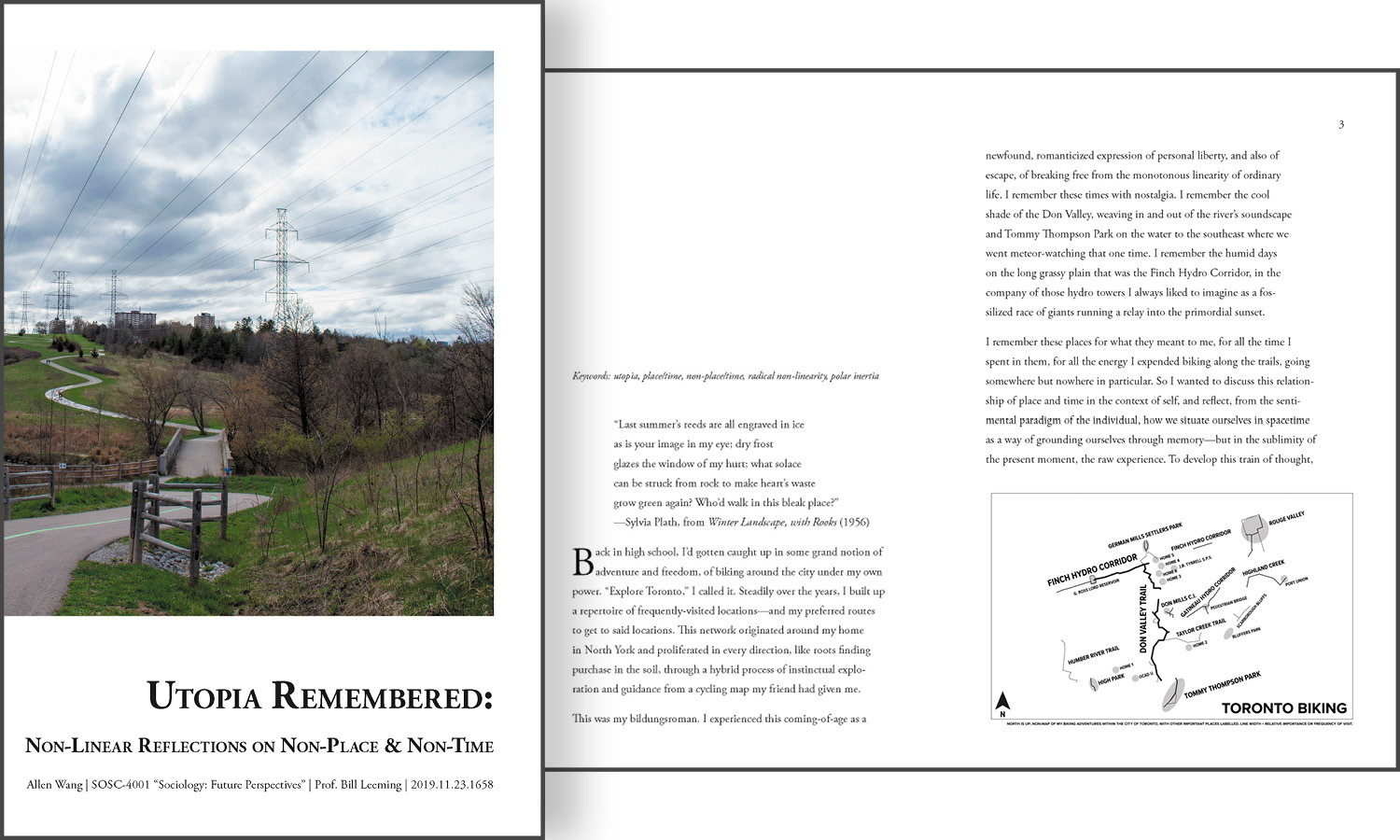

A summary of the high-level conceptual framework behind the first part of my thesis project. Reading time: 5–8 minutes.
In October, I conducted a workshop with the Stoneturner method of cultural probing I learned on exchange in Denmark. Reading time: 3–5 minutes.
In October, I documented walls and analyzed risk aversion strategies around them for a sociology course. Reading time: 5–8 minutes.
An explanation and gallery of my experiments with non-linear maps. Reading time: 5–8 minutes.
In December, I ran a gamified research activity on user experiences and strategies while wayfinding using a non-linear map I had made. Reading time: 3–5 minutes.
An examination of wayfinding, documented as I climbed three of Bergen's "seven mountains" in April 2019. Reading time: 3–5 minutes.
An analysis of souvenir-fragments I encountered in Berlin in July 2019, through the lens of what I refer to as the "corporeal simulacrum." Reading time: 8–10 minutes.
A sentimental essay on my biking adventures contextualized with Marc Augé's "non-place" and Paul Virilio's "polar inertia." Reading time: 8–10 minutes.
Summaries of some key academic sources I looked at in October. Reading time: 5–8 minutes.
Thank you for viewing my thesis project! I completed most of what you see here during the initial stages of the COVID-19 lockdowns, which was quite the unique challenge to say the least.
This project was a finalist at ACIDO Rocket 2020, an exhibition of top industrial design theses across Ontario, juried by professors and industry leaders.
In case you're interested in knowing more, consider browsing through my 246-page process book which comprehensively documents how I arrived at my final outcome, including every prototype, research activity, and key decision… in reverse-chronological order.
Should you have any questions, comments, or feedback, I'd love to connect with you! (Doubly so if you also share an interest in these types of projects.) Please feel free to get in contact with me via email or LinkedIn.